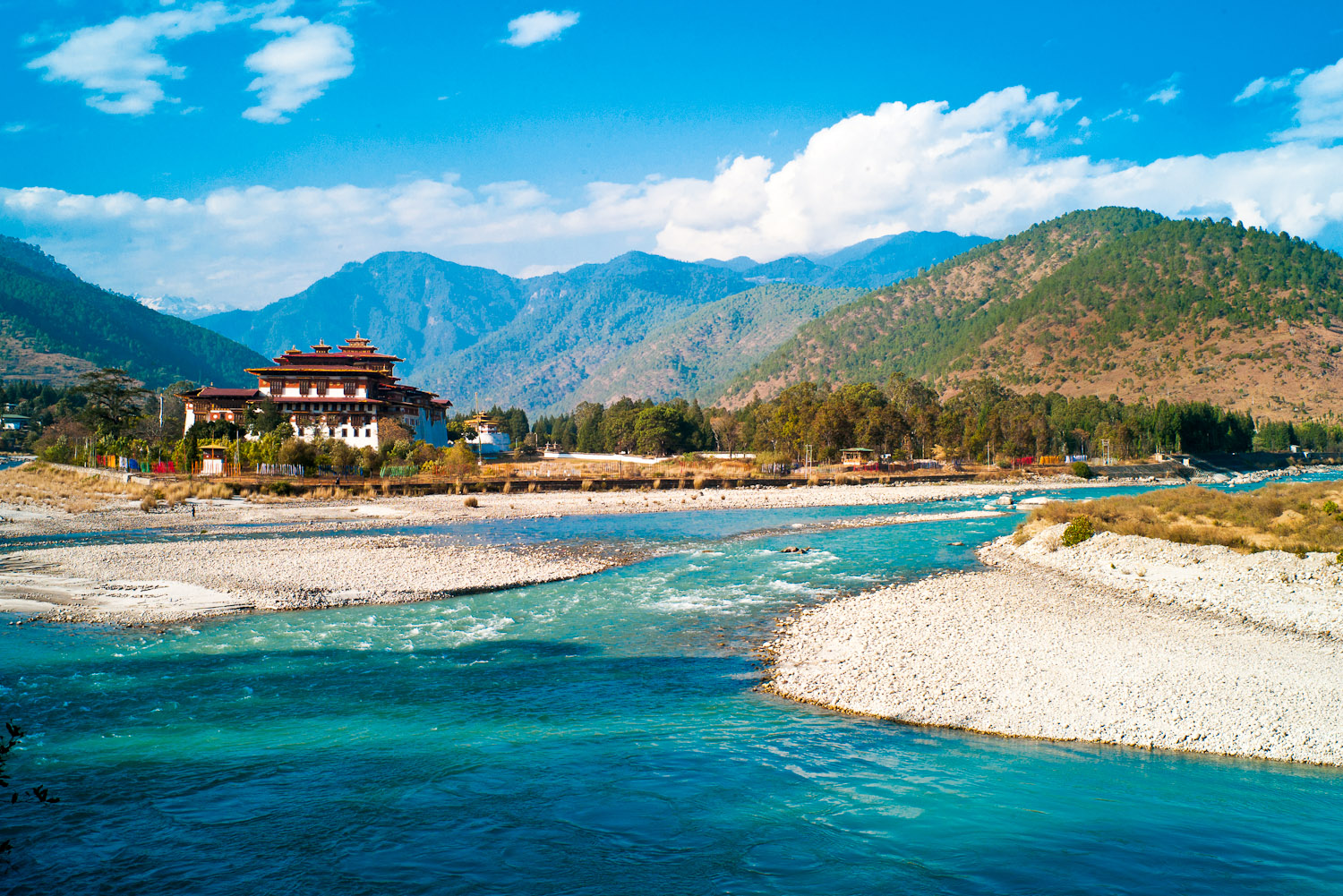
Planning a trip to Bhutan? Excellent news—the Bank of Bhutan has just announced major digital payment updates that will make your travel experience significantly smoother and more convenient.
What’s Changed: Two Major Announcements
The Bank of Bhutan has rolled out significant updates to its digital payment system, specifically designed to benefit international tourists. These changes address the two most common payment concerns we hear from our guests: accessibility and convenience.
Update #1: Register for goBoB Before You Arrive
The game-changer: You no longer need a Bhutanese SIM card to register for goBoB, Bhutan’s digital wallet solution.
What this means for you:
- Register using email-based OTP validation from anywhere in the world
- Complete your entire setup before boarding your flight to Paro
- Available for full SDF (Sustainable Development Fee) payers
- Start using digital payments immediately upon arrival
This eliminates what was previously a major hurdle for tourists. Previously, you’d land in Paro, buy local SIM card, download goBOB, register and add money to goBOB for payments. Now you can start using it after accessing wifi or local SIM.
Update #2: Indian UPI Payments Now Accepted
For travelers from India—Bhutan’s largest tourism source market—the Bank of Bhutan has enabled BHIM UPI payments across the country.
Key details:
- Use BHIM UPI at merchants throughout Bhutan
- Works with National QR codes generated after March 19, 2025
- No need for currency exchange for many day-to-day transactions
- Familiar payment method reduces friction
Pro tip: While UPI is widely accepted, we still recommend carrying some Ngultrum (Bhutanese currency) for smaller vendors and remote areas.
Transaction Fees for UPI Payments – Transparency matters, so here’s the straightforward fee structure:
- Transactions below Nu. 2,000: 0.9% charge
- Transactions above Nu. 2,000: 1.25% charge
These modest fees support Bhutan’s digital infrastructure development while enabling convenient, cashless transactions throughout your journey.
How to Set Up goBoB: Step-by-Step Resources
The Bank of Bhutan has created comprehensive video tutorials on YouTube to guide you through the process:
- Email-based self-registration – Register for goBoB without a local SIM card
- Limit enhancement – Increase your transaction limits as needed
- International card funding – Add money to your goBoB wallet using your international credit/debit card
We recommend: Complete your goBoB registration at least one week before departure to troubleshoot any issues with plenty of time.
Why This Matters for Your Bhutan Experience
Bhutan’s tourism philosophy centers on high-value, low-impact experiences. These digital payment updates align perfectly with this approach:
- Ease of mind while exploring Bhutan – Spend less time managing logistics and enjoy your travel
- Support local businesses – Modern payment infrastructure helps small businesses thrive
- Sustainable tourism – Digital transactions reduce currency exchange waste and paper receipts
- Peace of mind – Track spending easily and avoid carrying large amounts of cash
With goBoB, you can easily handle:
- Dining at local restaurants and cafes
- Purchasing handicrafts and souvenirs
- Grabbing coffee
- Additional expenses at hotels (though most tour packages are all-inclusive)
- Making donations at dzongs and monasteries
Important Considerations
Still Bring Some Cash:
While digital payments are expanding rapidly, some smaller vendors, remote locations, and traditional markets may prefer cash. We recommend:
- Carrying Nu. 5,000-10,000 in small denominations
- Exchange currency at Paro Airport or Bank of Bhutan branches in major towns
- Your guide can help identify ATMs and exchange points
Internet Connectivity:
goBoB and UPI require internet connectivity. Most hotels, restaurants, and urban areas have WiFi or mobile data, but connectivity can be limited in remote trekking areas and mountain passes.
Payment Acceptance:
Not all vendors have updated their QR code systems yet. When in doubt, ask your guide or check with vendors before ordering.
Have more questions about travelling to Bhutan? Check out our travelling tips, FAQ sections, Visa information and best time to visit for comprehensive information on visas, permits, and itinerary planning.
Last fact-checked: October 24, 2025 | Source: Bank of Bhutan official announcements






